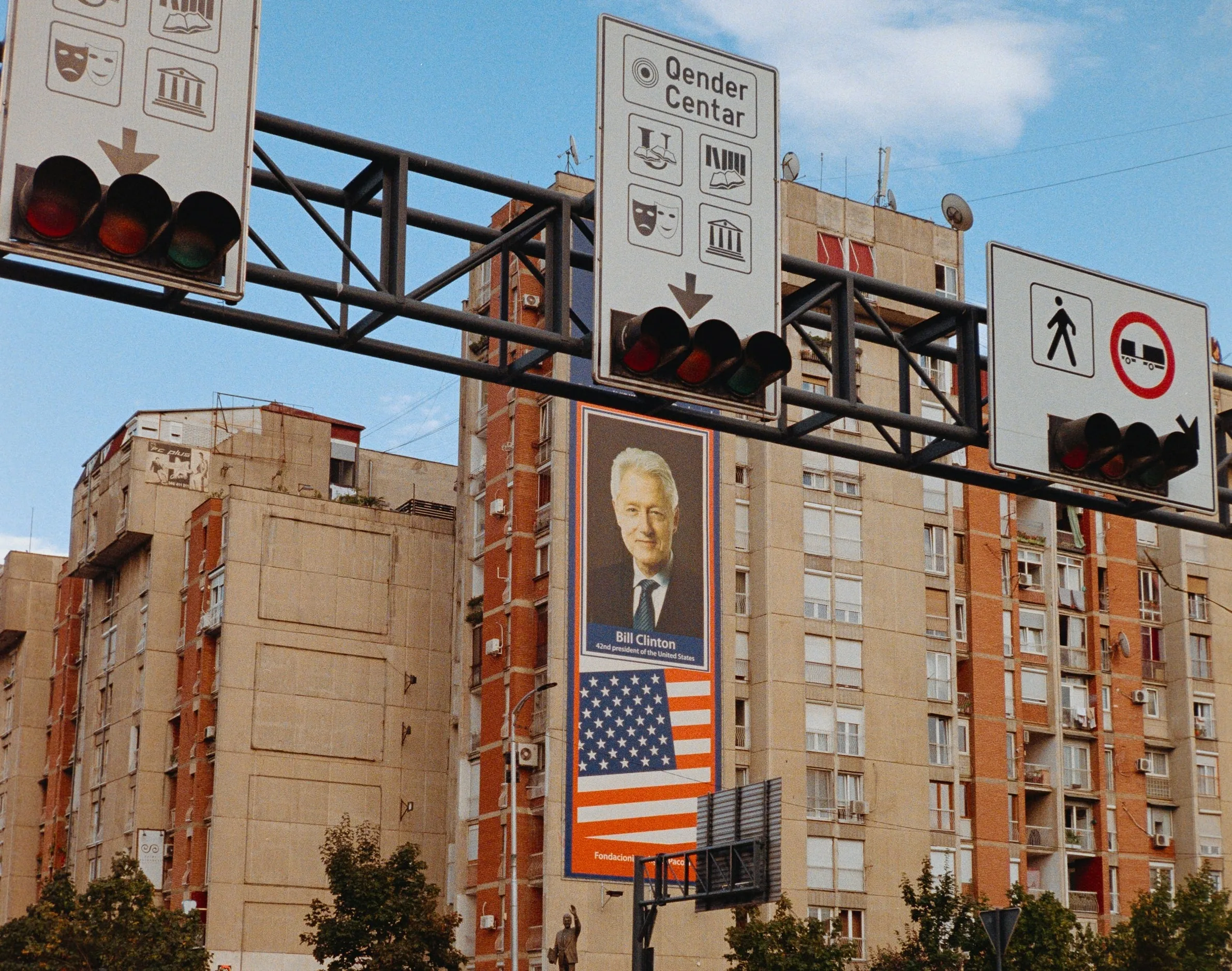With few natural resources and perhaps best known internationally for its outstanding wine, Moldova’s future development will depend on the further growth of its knowledge economy, a major new study from Emerging Europe has found.
Fortunately, the study, IT Investment Guide for Moldova 2024, reveals that the government in Chișinău is aware of this and has in recent years implemented measures to foster the growth of its IT sector and advance the use of digital technologies.
This effort has put the country at the forefront of digital transformation in government services, while boosting its reputation as an IT and technology hub, and the creation of the Moldova IT Park (MITP), Europe’s first e-park, is a key part of this effort.
“Moldova presents innovative opportunities for both investors and individuals seeking a growing tech environment and a place to call home,” says Moldova’s Deputy Prime Minister and Minister of Economic Development and Digitalisation Dumitru Alaiba.
Almost five per cent of the workforce is now employed in the IT or IT-adjacent sector (more than 35,000 people), a figure set to grow substantially in the coming years. Among other countries in the emerging Europe region, only Estonia employs more in IT. More than 21,000 people are employed by firms operating in the MITP, an initiative whose success recently saw its lifespan extended until at least 2035.
“The extension underscores our commitment to attracting investment,” adds Alaiba. “With streamlined services, an open labour market and valuable talent we want to make sure we’ve got the right people with the right skills, and to make sure tech’s a win for everyone.”
Innovation and entrepreneurship
Operational since 2018, MITP offers its residents—who can be located anywhere in Moldova—a flat tax rate of seven per cent, paid on sales. No other taxes are levied on resident firms or their employees—who can be brought in from just about anywhere in the world thanks to Moldova’s IT visa.
Residents include the largest IT firms in the country, such as Endava and Orange Systems, whose CEO Sergiu Placinta says that joining MITP, “strengthened our position on the IT services market”
Another resident, Emil Chichioi, founder and CEO of Bloomcoding, cays that when it comes to investment, “one million euros [invested] in the MITP goes as far as 3.5 million euros elsewhere in Europe.”
“Now accounting for around 80 per cent of the Moldovan IT sector and some five per cent of Moldovan exports, MITP is defined by a vibrant spirit of innovation and collaboration,” says Natalia Donțu, the park’s administrator.
“From growing start-ups to established industry leaders, MITP serves as a dynamic hub for talent and business opportunities,” she says.
MITP’s success means that in 2022 Moldova had the highest ICT services growth rates among neighbouring countries and regional competitors (Ukraine, Belarus, Romania, Estonia, Latvia and Lithuania). Good infrastructure has helped—the average internet speed in Moldova is higher than in some more developed countries (such as Germany, Switzerland or Estonia)—while the UN E-Government Development Index ranks Moldova as one of the world’s most proficient purveyors of digital public services.
Moldova’s digital transformation reached a milestone in September 2023 with the official endorsement of the country’s Digital Transformation Strategy for 2023-2030. It sets out an ambitious goal: to become an innovative, all-encompassing digital society with modern infrastructure, digitally literate citizens, a pro-digital administration, a thriving digital business community, and a collaborative environment fostering innovation and sustainable human development.
“[The strategy] prioritises the interests of our citizens, promoting innovation and entrepreneurship, and attracting foreign investment,” says Dumitru Alaiba.
Developing a value proposition
Future foreign investors and partners appear ready to take Alaiba at his word. As part of its research for the study, Emerging Europe surveyed almost 1,000 C-level executives from seven markets—the United States, the United Kingdom, Germany, France, Sweden, Poland and Romania, and ran 20 in-depth interviews with IT and outsourcing professionals from across the globe. Its main objective was to understand the current perception of Moldova’s IT and raise awareness about its potential and capabilities.
More than half of all respondents expressed an eagerness to consider hiring or outsourcing IT services from Moldovan companies, citing the perceived quality of IT services in Moldova as a primary reason, followed by cost-effectiveness, and Moldova’s EU candidacy status.
An availability of skilled talent, compliance with data privacy regulations, and proficiency in English were also identified as significant factors.
“Moldova has been one of those countries that has really fascinated me for quite some time,” says Peter Ryan, president and principal analyst at Ryan Strategic Advisory. “Given the heritage of the country, and quite frankly, the very strong levels of IT skills that you can find on the ground, I’ve always thought it could be a potential hub for certain types of IT services.”
Nevertheless, the Emerging Europe study suggests that more work still needs to be done to promote awareness about Moldova’s IT sector and the potential it offers.
“[Moldova] needs to ensure that it clearly identifies and articulates its value proposition to make it stand out,” says Mark Angus, CEO at Genesis Global Business Services.
Olga Surugiu, CEO at Orange Moldova and vice president of the Moldovan Association of ICT Companies agrees.
“We need a value proposition that sets us apart,” she says. “We must integrate in a broader context to distinguish ourselves as a country of 2.5 million people, situated between East and West, possessing the potential to make a transformative impact.”
Download a copy of IT Investment Guide for Moldova 2024 here.
Photo by Israel Andrade on Unsplash.







